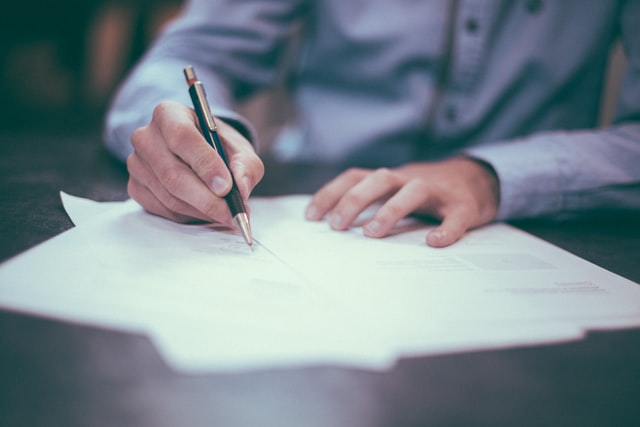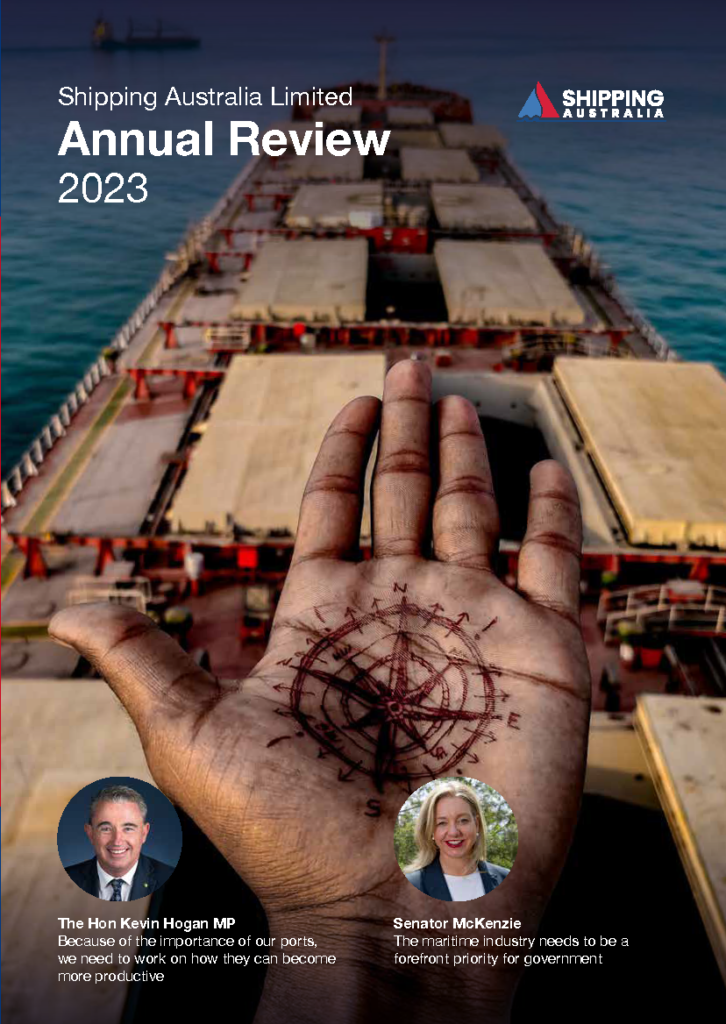
Four new sets of Marine Directions have been issued by the Police in Western Australia and which came into force yesterday, Thursday 01 July 2021. Failure to comply can result in penalties of up to $50,000 for an individual and $250,000 for companies.
Exposed On-Board Worker Directions
This set of directions controls movements on/off ships. It is aimed at Australians who go aboard international vessels. This will typically include such workers as as stevedores, marine pilots and inspectors. But it will also encompass tradespeople such as electricians who may work on a ship from time to time.
Anyone who goes onboard a ship to do work and who, for any reason, doesn’t comply with the rules is deemed to be an “exposed on-board worker” and is then sent into a 14-day quarantine and is subject to repeated COVID-testing.
To be deemed compliant (and to therefore avoid being deemed as an exposed worker) the person must spend less than 12 hours onboard the ship at any one time; take any food and drink on-board (i.e. not eat the ship’s food); must not sleep onboard; comply with hand hygiene protocols; wear personal protective equipment (e.g. facemasks) and must stay 1.5 metres from all other people unless they are also wearing facemasks.
Maritime Crew Member Directions
These are particularly significant and extensive directions that affect maritime crew members disembarking onto land in Western Australia from a vessel (a person flying into WA to join a ship is processed under the Controlled Border regulations). This set of directions is a bit complex because there are a variety of conditional rules. Some of those rules apply other sets of directions and those other sets of directions then re-refer to a third set of directions. Anyone planning an entry into WA will need to very carefully read these (and various other) directions and may want to take legal advice.
See also: Controlled Border directions (below) and the Outbreak Outside of Western Australia Response Directions.
People entering WA from places where there is a COVID outbreak have to comply with various pieces of bureaucracy (such as completing declarations, the G2G pass), go onto quarantine, get COVID-tested and so on.
Under the Maritime Crew Directions, there are extensive and detailed rules governing how a person may leave a ship and what he or she must do on any journey (such as practice social distancing, wash hands etc) when going to/from places of quarantine and present for testing, There are certain rules allowing crew changes in a variety of situations, such as if crew members have onward bookings for flights outside of Australia, of if they are leaving a ship to immediately join another ship. Crew are also allowed to disembark from a ship to carry out near-vessel activities in port, or if they are going to receive medical treatment at an onshore facility.
Transport and Accommodation Services (Exposed Maritime Worker) Directions
Among other things, these rules impose obligations on people who transport maritime workers and on the operators of company quarantine facilities. The rules impose a variety of infection control measures such as providing and maintaining dedicated, separate and supervised waiting areas for maritime crew; requiring persons to present for COVID-testing on a certain days and to maintain social distancing; to wash hands and use alcohol rub etc.
Controlled Border for Western Australia Directions
Note: this particular set of directions is now up to issue 29. It appears to have been amended each day on each of the last three days. Particular care may be needed to ensure on any given day that the current set of directions is being complied with. The current set of directions (No. 29) merely amends and update rules dating back from November 2020. As such the “Controlled Border” rules are particularly difficult to read as there are potentially rules scattered over 29 or so different sets of legal documents. There is an unofficial consolidation document which draws all the rules together into one set of readable directions. However – it’s “unofficial” so it has no legal weight.
• See: Unofficial Consolidation of the Controlled Border for Western Australia Directions
o Comment: for the avoidance of confusion, please note that the review page of the Unofficial Consolidation states: “This document is an unofficial consolidation as at 29 June 2021 of the various amendments made to the Controlled Border for Western Australia Directions made by the State Emergency Coordinator on 14 November 2020.” The actual PDF text then goes on to refer to directions coming into force as of 14 November 2020.
• Controlled Border for Western Australia Amendment Directions (No 29) of 29 June
The Controlled Border rules forbid entry into WA if a person has the symptoms of COVID, or has tested positive for COVID, or is awaiting a test result or is is close contact of a person with COVID. A person who has been in an area where there has been an outbreak of COVID has to comply with the “Outbreak” rules (see above). The Controlled Border rules impose various administrative measures on persons wanting to enter WA such as making a declaration via the G2G Pass system. Potential entrants must also complete a health screen; possibly complete a self-quarantine; must travel into WA by certain routes; complete a quarantine (if arriving from overseas) and is subject to a general “obligation to comply”.
Unreasonable and un-scientific weasel words: it’s just another day in WA
In various places in these rules there is mention of “exposed” vessels and maritime workers. This relates to vessels that have been at ports overseas (other than New Zealand) within the last 60 days. Many of the rules in the above directions will only apply to maritime crew, workers who go aboard ships, or to the ships themselves.
In various places, the WA Government attempts to justify having rules that apply to periods longer than 14 days on the basis that COVID can circulate for more than 14 days. For instance in its “Frequently asked questions for maritime workers” issued circa 01 July 2021 by the WA Department of Health, it is stated:
“The vessel has been out at sea for at least 14 days, do I still need to wear personal protective equipment (PPE) when boarding the vessel?
“Yes, you still need to wear PPE if you are going on board the vessel. All international vessels entering Western Australia (WA) are considered potentially infectious, regardless of how long they have been at sea. This is because COVID-19 can continue to circulate amongst crew for over 14 days”.
Putting aside the fact that it is the shore-side workers who pose the infection risk to seafarers, this reference to “COVID-19 can continue to circulate amongst crew for over 14 days” is a prime example of what’s known as “weasel words”. These are words and phrases that give the appearance that something meaningful has been said when, in fact, it is rather vague or ambiguous. The technical term for this is “tergiversate“.
While, yes, it’s technically true that COVID can circulate for more than 14 days, most people who are exposed to SARS-CoV-2 will not go on develop an infection. Secondly, even if they do go on to develop an infection, the mean incubation period for COVID-19 is only 5.9 days. Thirdly, according to a meta-analysis of 21 studies, 99% of infected people incubate the virus within 14 days. Of those people who do incubate beyond 14-day, this is typically because of underlying conditions, reports Catherine Bennett, Chair in Epidemiology, Deakin University.
Given that the mean incubation period is just under six days and that 99% of people incubate within 14 days, what’s the scientific basis for imposing a 60-day suspicion period on maritime crew?
Well, there does not appear to be any solid scientific evidence or reasoning for that decision as far as we can tell.
Meanwhile internationally-voyaging ships traverse the globe and all ports outside Australia and New Zealand are high risk. A 60 day suspicion period is a very long time with even ships calling from Europe and the US likely to be caught. This means that all ships will in effect be treated as having COVID-19 onboard – despite the fact that studies have shown that there has never been a COVID incubation period of anywhere near 60 days.
There could potentially be productivity and operational issues with the imposed 12 hour time limit. There could be other, unforseen (and unforseeable), issues with treating nearly all ships that call in WA as potentially having COVID aboard.
Shipping Australia calls upon the WA government to reconsider its 60-day rule to something more reasonable and supported by scientific evidence.


